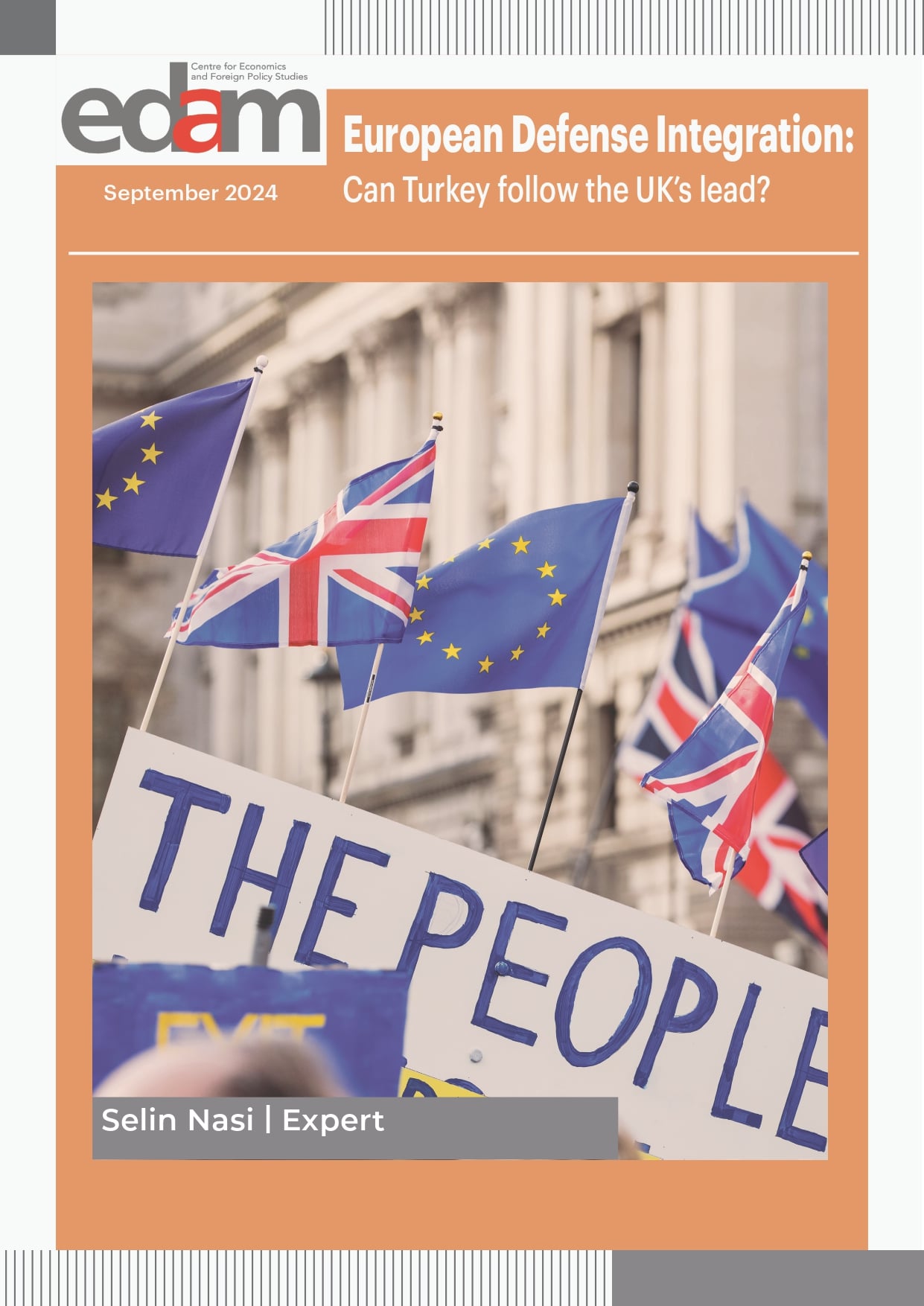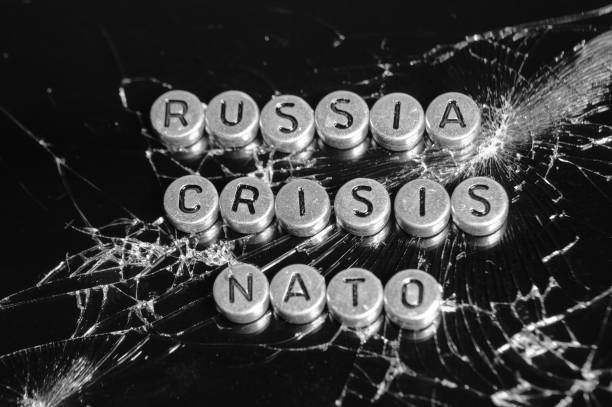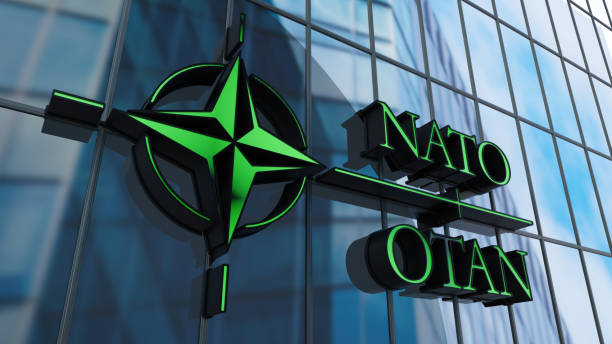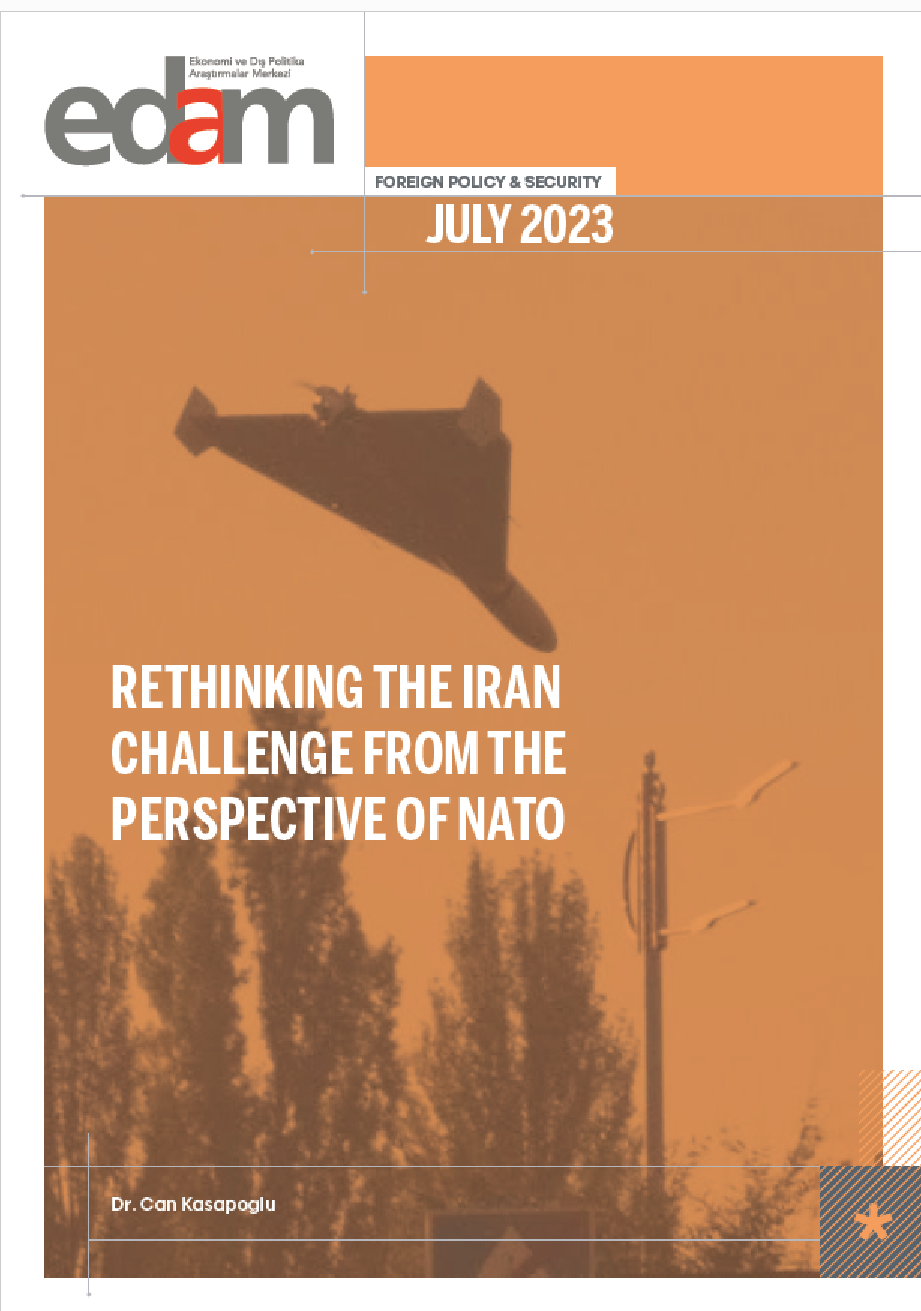The NPT is designed to limit the spread of nuclear weapons through the three elements of nonproliferation, disarmament, and peaceful use of nuclear energy. The Treaty recognized five official nuclear weapons states (NWS). The NWS agreed not to transfer to any recipient whatsoever nuclear weapons or other nuclear explosive devices and not to assist, encourage, or induce any non-nuclear weapon states (NNWS) to manufacture or otherwise acquire them. The NNWS agreed not to receive nuclear weapons or other nuclear explosive devices from any transferor, and not to manufacture or acquire them. The NNWS are obligated to place nuclear facilities under IAEA safeguards. The signatories agreed to facilitate and participate in the exchange of equipment, materials, and scientific and technological information for the peaceful uses of nuclear energy. The Parties to the Treaty also agreed to pursue negotiations in good faith on effective measures relating to cessation of the nuclear arms race at an early date and to nuclear disarmament, and on a treaty on general and complete disarmament under strict and effective international control.
Signed on 1 July 1968
Entered into force 5 March 1970
Turkey signed the NPT on 28 January 1969
The Parliament ratified the NPT on 28 November 1979
The Comprehensive Test Ban Treaty (CTBT) bans any nuclear weapons test explosion or nuclear test. The Treaty establishes a Comprehensive Test Ban Treaty Organization (CTBTO) to monitor and verify Treaty compliance. In order for the Treaty to come into force the 44 countries that participated in the 1996 negotiations and that possess nuclear research reactors at the time of negotiation must first ratify the Treaty. Since the Treaty has not come into force yet, the organization is called the Preparatory Commission for the Comprehensive Nuclear-Test-Ban Organization. The organization is tasked with promoting Treaty ratification and the building up of the CTBTO’s verification capabilities.
The CTBT Opened for signature on 24 September 1996
Turkey signed the CTBT on 3 November 1999
The Parliament ratified the CTBT on 26 December 1999
The Treaty requires the Parties to prohibit, prevent, and abstain from carrying out nuclear weapons tests or any other nuclear explosions in the atmosphere, in outer space, under water, or in any other environment if such explosions cause radioactive debris to be present outside the territorial limits of the State that conducts an explosion; to refrain from causing, encouraging, or in any way participating in, the carrying out of any nuclear weapon test explosion, or any other nuclear explosion, anywhere which would take place in any of the above- described environments. The Treaty, however, does not ban nuclear testing underground. The Treaty was initialed on July 25, formally signed in Moscow on August 5, 1963, and entered into force in December 1963.
Signed at Moscow on 5 August 1963
Entered into force on 10 October 1963
Turkey signed on 9 August 1963
The Parliament ratified the PTBT on 8 June 1965
The primary aim of the Seabed Treaty was to prevent the introduction of nuclear weapons into an area that had been free of them. The Treaty prevents the Parties from placing nuclear weapons or weapons of mass destruction on the seabed and the ocean floor beyond a 12-mile coastal zone. Article II provides that the “seabed zone” is to be measured in accordance with the provisions of the 1958 Convention on the Territorial Sea and the Contiguous Zone. The Seabed Arms Control Treaty was opened for signature in Washington, London, and Moscow on February 11, 1971. It entered into force May 18, 1972, when the United States, the United Kingdom, the Soviet Union, and more than 22 nations had deposited instruments of ratification.
Signed on 11 February 1971
Entered into force on 18 May 1972
Turkey signed on 25 February 1971
The Parliament ratified the Treaty on 19 October 1972










